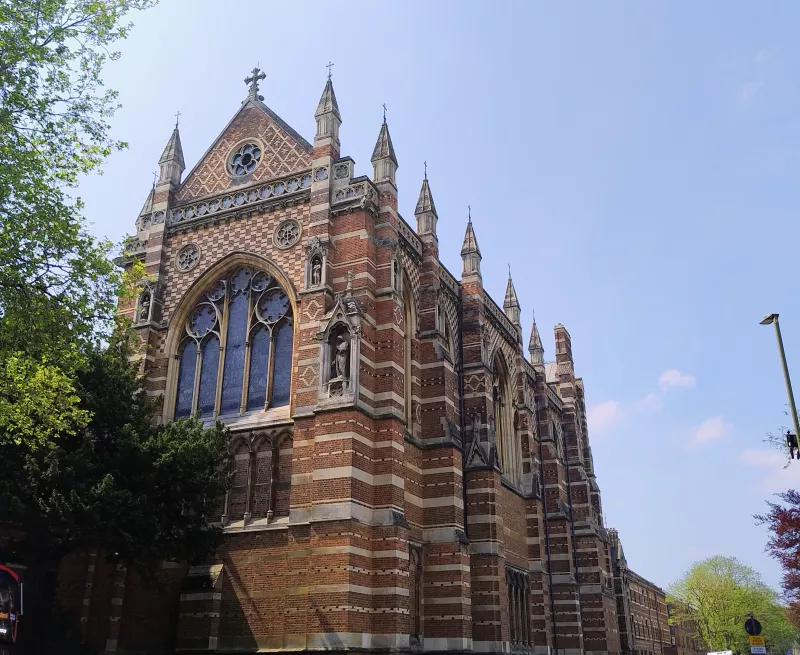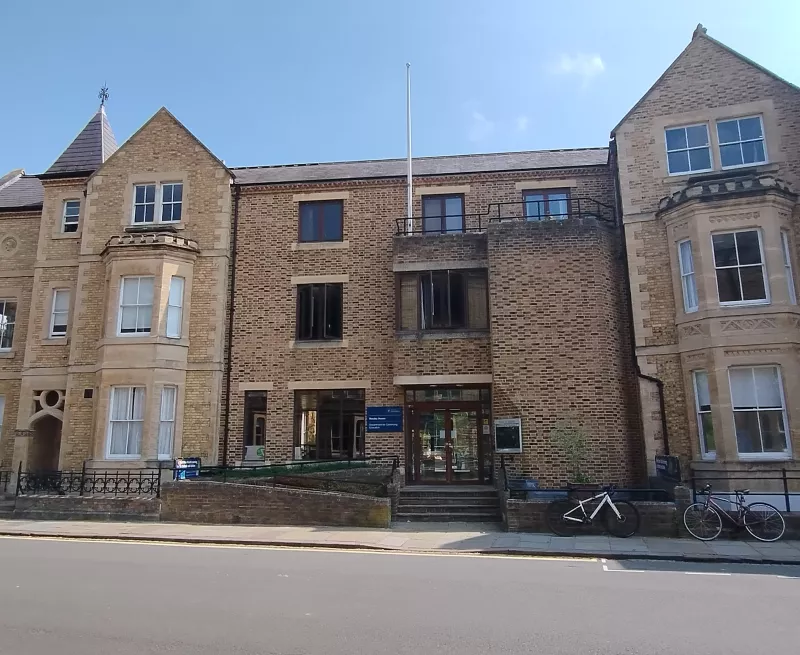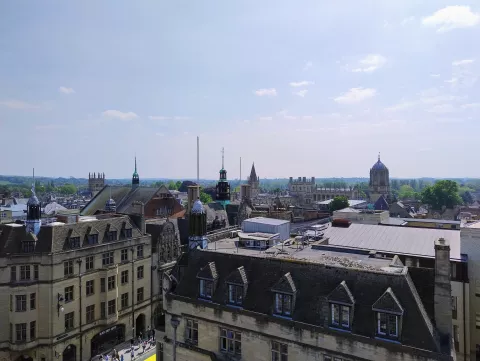The conference schedule is available from the below link.
The conference booklet is now available from the below link.
Venue
The conference will be held at Oxford University's Keble College. Founded in memory of John Keble and opening in 1870 it is the first Oxford College of the modern era. Presentations will be held in the O'Riley Theatre within the Sloane Robinson Building.
The entrance to Keble College is through the porter's lodge on Parks Road opposite the Oxford University Science area and Oxford University Museum of Natural History.

Conference Dinner
A conference dinner will be held on the evening of Friday 13th December at the University of Oxford's Department of Continuing Education, Rewley House. Rewley House can be found on the corner of Wellington Square and St Johns Street, a ten minute walk from Keble College.
Wellington Square can be reached from Keble College by heading down Keble Road to St Giles. Crossing St Giles by the church allows access to Little Clarendon Street and Wellington Square is accessible halfway down Little Clarendon Street.
The dinner can be registered for as part of conference registration.

Funding and Bursaries
The AEA offers financial support for members to attend conferences through the Lisa Lodwick Conference Bursary found here.
About the Hosts
Oxford Archaeology Ltd.
Founded in 1973 Oxford Archaeology is one of the largest and longest established commercial heritage service providers. With offices in Cambridge, Lancaster and Oxford we have been involved in projects both large and small across the UK and abroad.
Each of our offices has dedicated facilities for the processing and analysis of a comprehensive range of materials from faunal and floral remains to pollen and sediments. Our dedicated and enthusiastic team of specialists work across our projects from small evaluations to large scale excavations contributing to a range of publication needs, from client reports to journals and monographs.
Oxford Archaeology has a strong research ethos, and a long history of collaboration with the School of Archaeology and the OUDCE including current work on the UKRI-funded 'Rewilding' later prehistory project.
Oxford University Department of Continuing Education
The University of Oxford Department for Continuing Education provides opportunities for people from a wide variety of backgrounds to benefit from the University’s rich and unique resources, offering learners access to a range of part-time courses. The department’s beginnings can be traced back to the 19th Century, when Oxford was one of the founders of the ‘extension’ movement, where universities began to offer educational opportunities to adult learners. Rewley House was acquired by the University in 1927 to be the physical base of continuing education and after two intervening name changes the department became the University of Oxford Department for Continuing Education in 1990. Today the department has over 15,000 part-time students from more than 160 countries.
(This summary was based on information available on the Departments about us history page, follow this link for the full history)
School of Archaeology
Established in 2000 the School of Archaeology was the successor to the Committee of Archaeology. Based in three locations in central Oxford staff and students have access to libraries, museums, laboratories and other facilities of the University. Working across the inhabited world the School uses the full range of theories, methods and techniques available to archaeologists to study the full scope of human history and the environmental settings in which they existed.
The Institute of Archaeology established in 1962 is the main base for students studying postgraduate degrees in Archaeology and is located adjacent to the Ashmolean Museum.
(This summary was based on information on the Schools about us page, follow this link for further details.)
